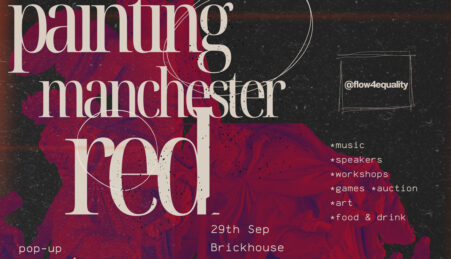The FRESHERS Issue 24/25: Call for Featured Artist Submissions – Authentically Manchester
In each print issue, aAh! Magazine interrogates one word which runs as a theme throughout our creative submissions. We’re excited to introduce The FRESHERS Issue 24/25 and launch our new Featured Artist brief: “Authentically Manchester“ This special mini issue of aAh! features a guide to everything Manchester has to offer – for students and everyone else! We’re…









Leave a reply